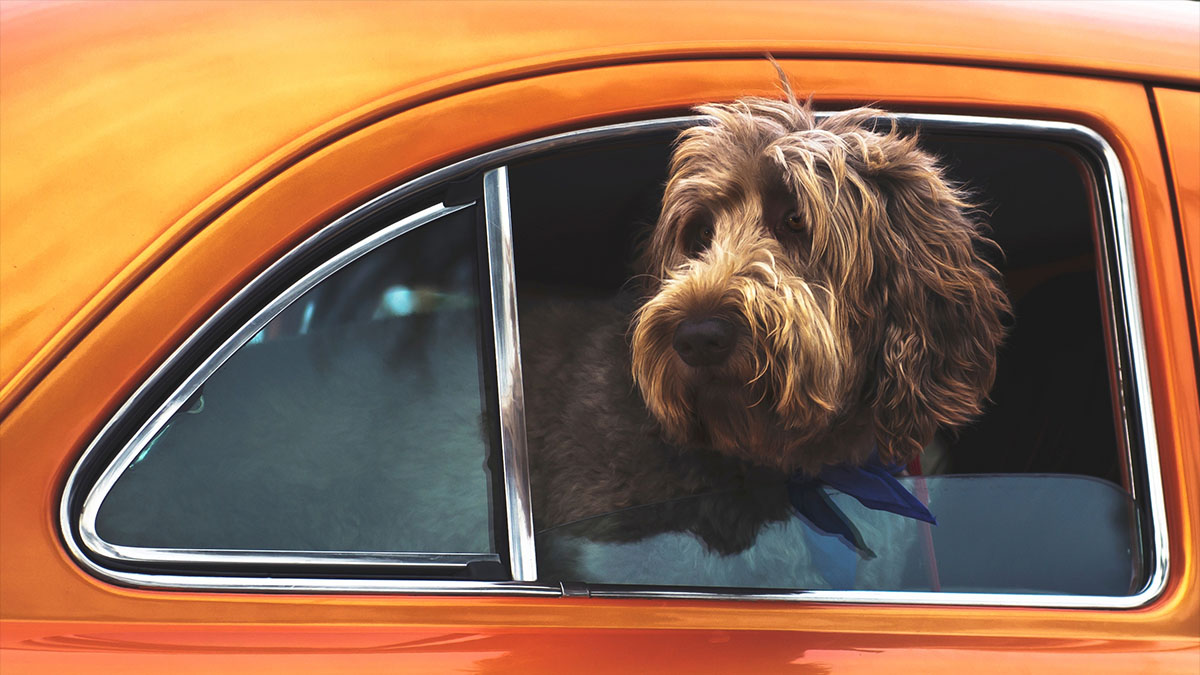do dogs hold the answer to the mysteries of social evolution?

Dear cat people, I’m sorry, but when it comes to creatures most in tune with humans, dogs have that title secured paws down. For tens of thousands of years, we selectively bred them into an astonishing variety of shapes and sizes for just about every task one can imagine. They hunt and fight in wars with us, help us solve and prevent crimes, detect health hazards, and even assist those with sensory limitations, health conditions, and mental disorders around the clock. We’ve given them millennia of love and care, and they love us right back, seeing us as family, literally, their brains releasing the same hormones we release to bond with each other.
It’s that incredible bond that gave some scientists who study the evolution of social animals and cooperation the idea to start paying a lot of attention to dogs. Why? Weill, when we study the behavior of other primates like chimpanzees, gorillas, and orangutans, we tend find quite a lot of similarities to humans, but many of those similarities run skin deep because humans and the primates in question don’t interact from a social standpoint, so even the simplest nonverbal cues take on different meanings between species. Human smiles become a chimpanzee’s fear signal. Curious glances are a gorilla’s challenge for dominance.
On the other hand, while human and dog communication doesn’t map perfectly, dogs tend to understand us much better because they’ve evolved alongside us and their entire existence is so closely tied to ours. They’ll even try to teach us their language by repeating signals until we start to understand what they want. They also smile and look lovingly into our eyes, again quite literally, snuggle up against us to bond, touch us with their paws to pet us back, and, believe it or not, even laugh when they play with us. And that means when researchers look at how dogs communicate or respond in experiments can be far more easily translated.
This provides invaluable information about how non-human minds understand the benefits of social existence and cooperation, with studies showing that better trained and more socialized dogs tend to favor making friends with more social, cooperative, and calm people. Meanwhile, other studies seem to confirm what we think we understand about human bigotry, that a lack of exposure to new ideas, experiences, and people tends to create fear of change and novelty that often turns into aggression when subjects are suddenly confronted with an influx of new stimuli and individuals.
Of course, there is a caveat. Since dogs have something like 300 million olfactory receptors to our measly six million, we may be missing some very important parts of the big picture because smell is what guides dogs’ communication and curiosity far more than sight and sound. We’re still in the early stages of understanding how species with a different dominant sense think and explore their world, and there’s bound to be much more to learn about the nuances of non-human social interaction. But we already know enough to figure out which dogs tend to be more curious than others and how that curiosity impacts their social interactions.
The obvious implication here is that we can see how social behaviors have evolved and examine how and why they tend to favor intelligence and further cooperation in future generations. The nicer you are, the better you can cooperate, the more resources you get, the more likely you are to survive and find opportunities to mate, and the smarter you are, the easier it is for you to participate in and accelerate this very favorable evolutionary loop. In other words, nature may not require you to be kind and be a team player, but it certainly rewards teamwork and being friendly and open to new ideas and experiences, as vividly illustrated by the relationships between dogs and their human partners.





